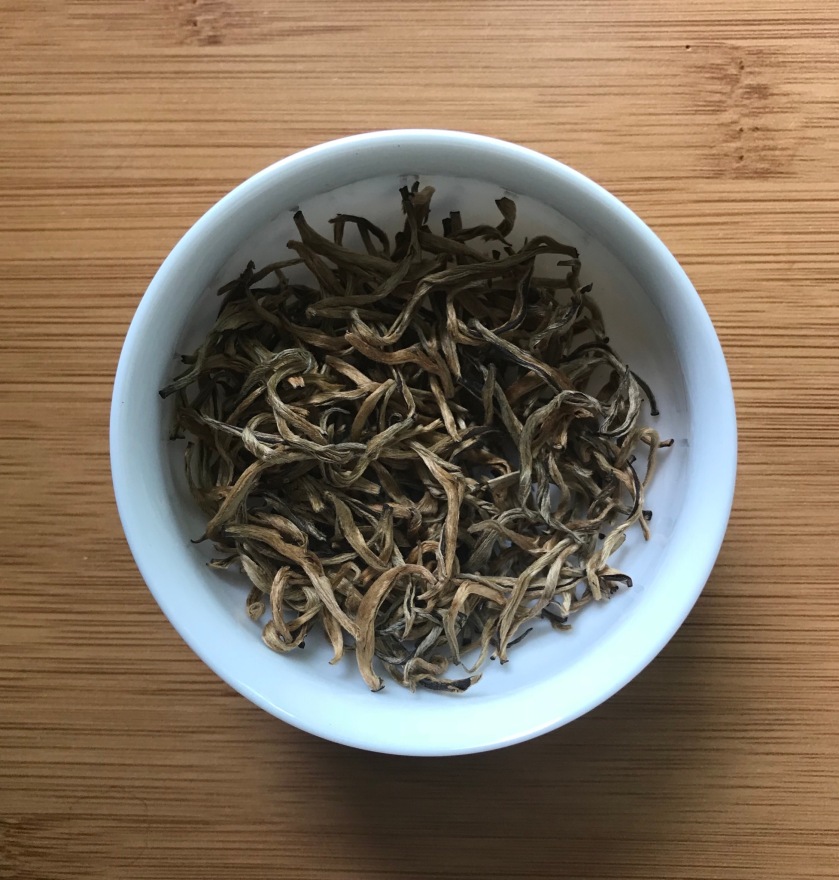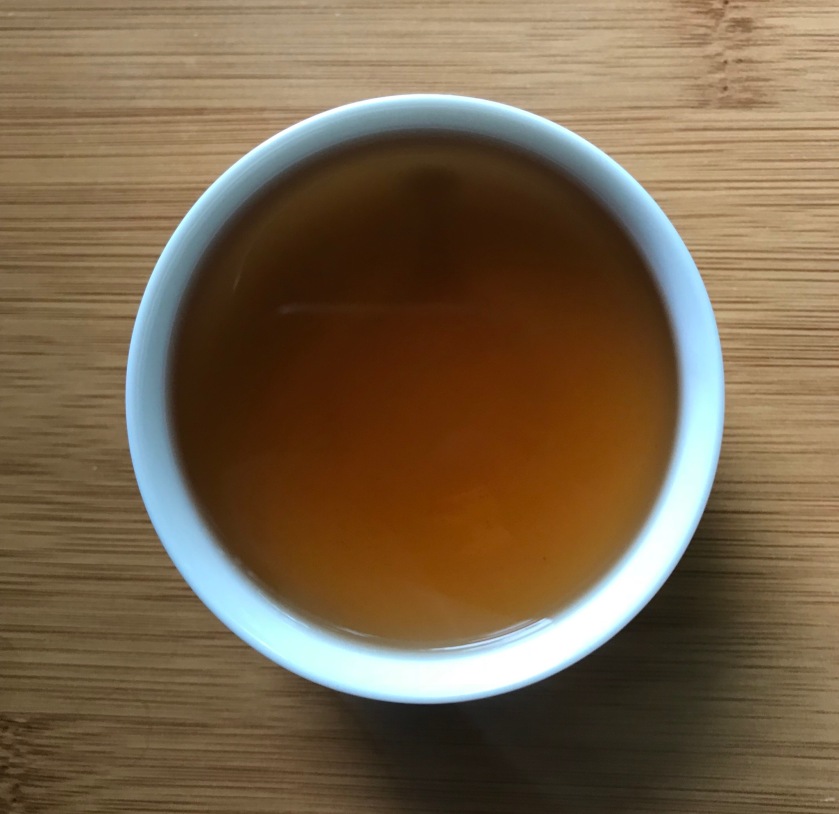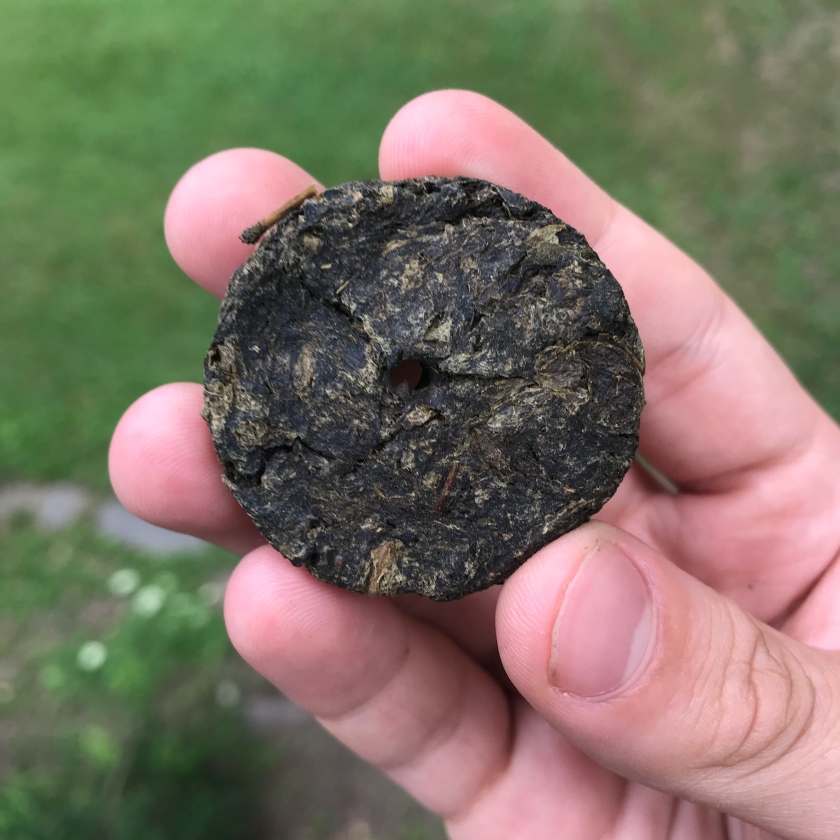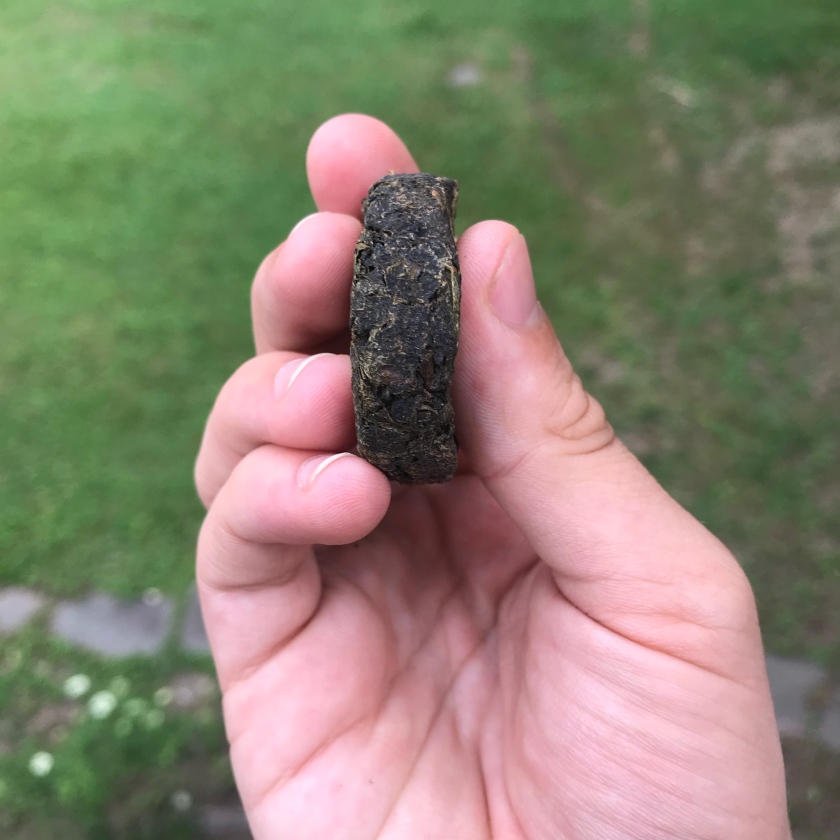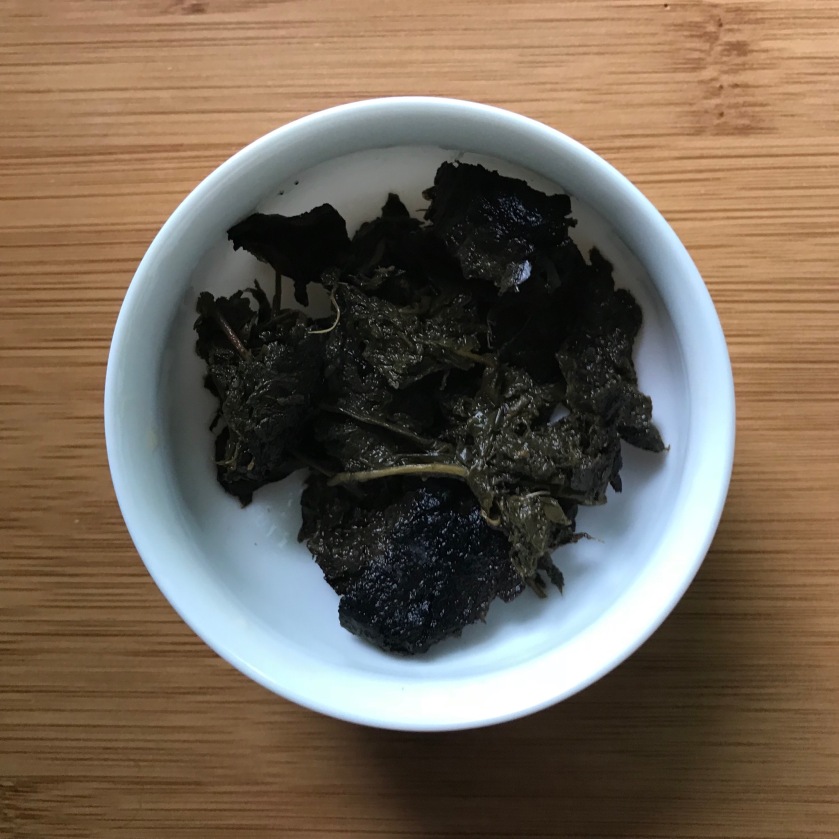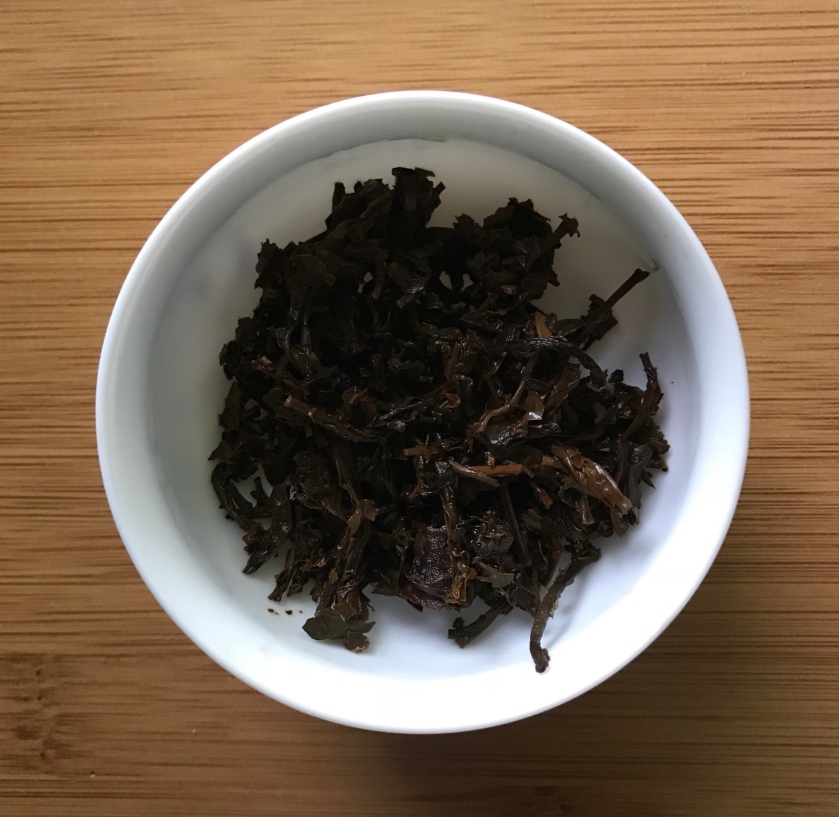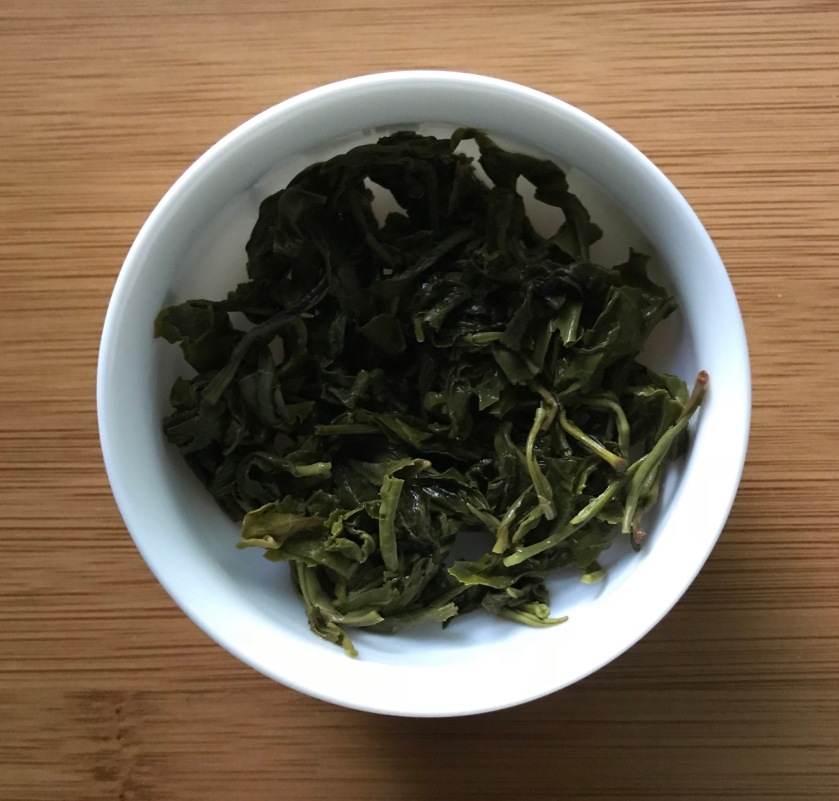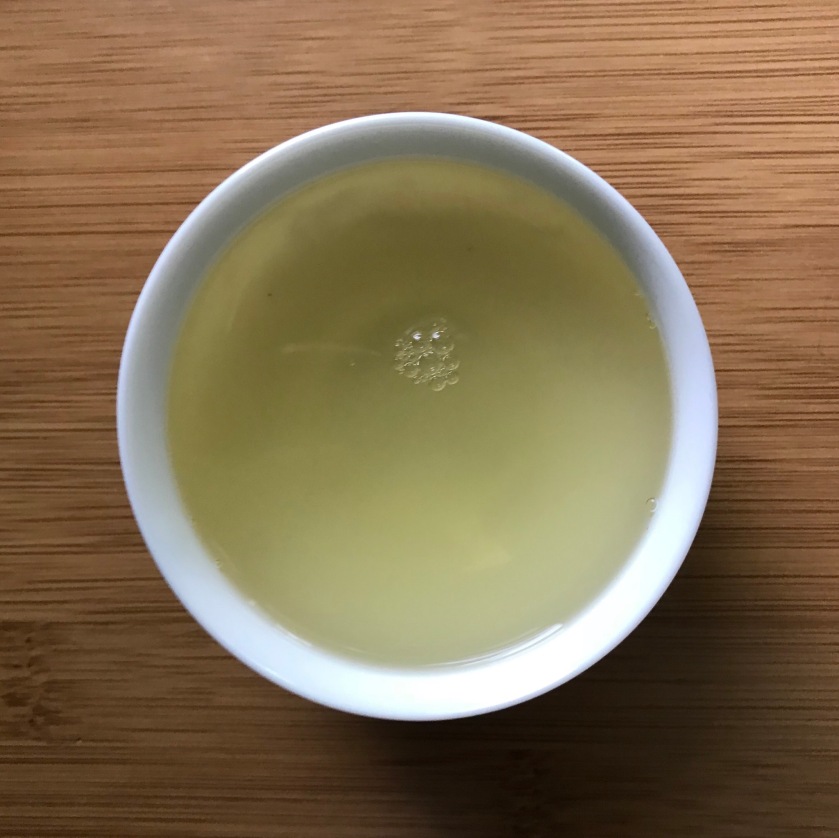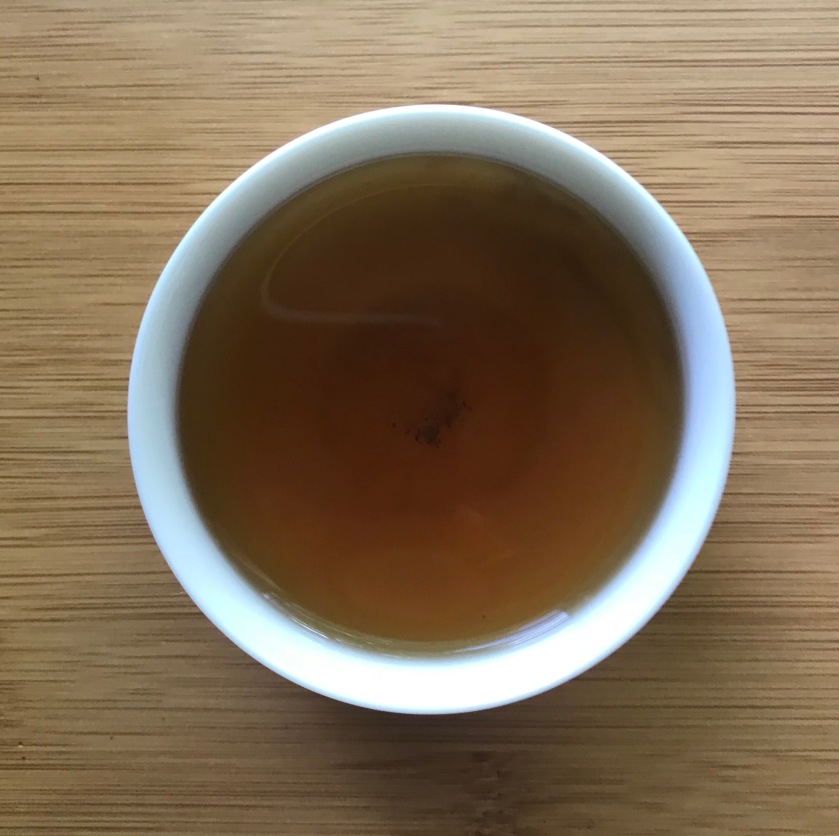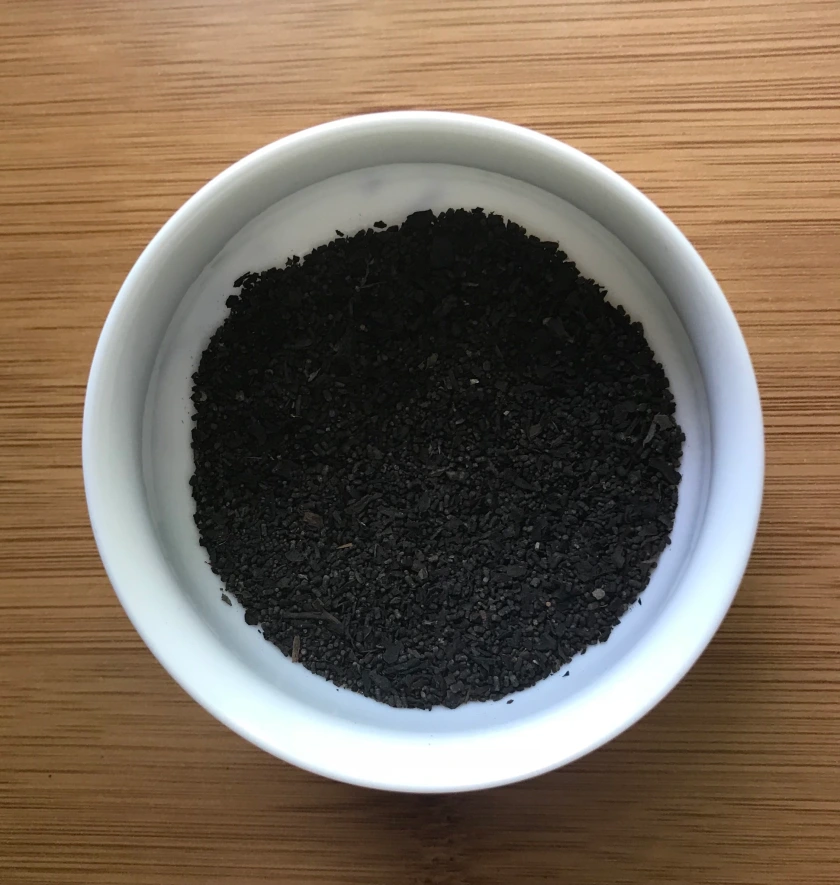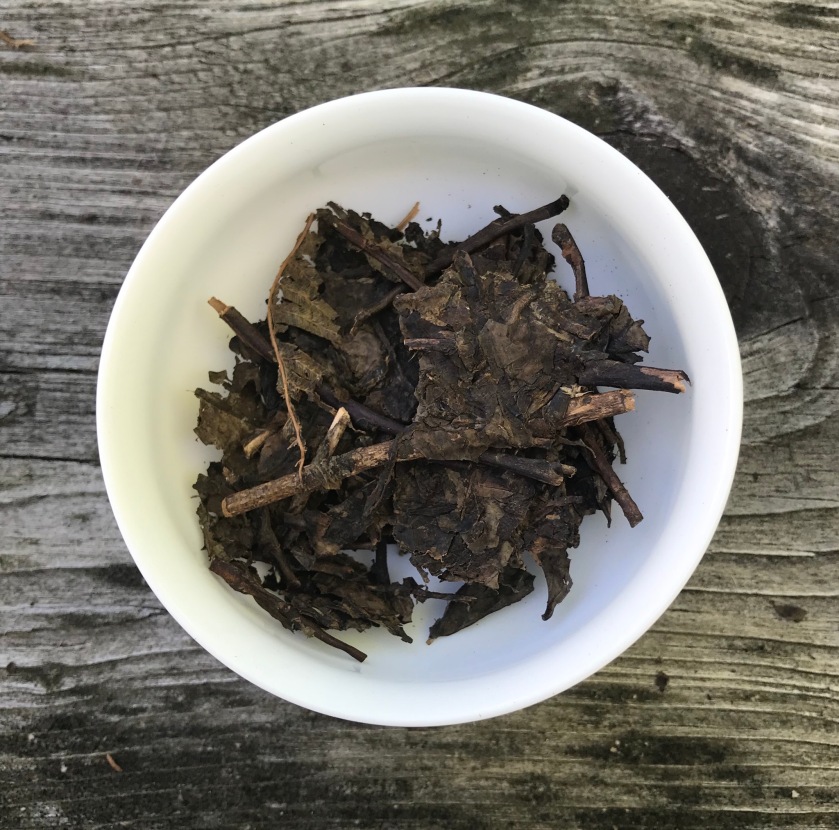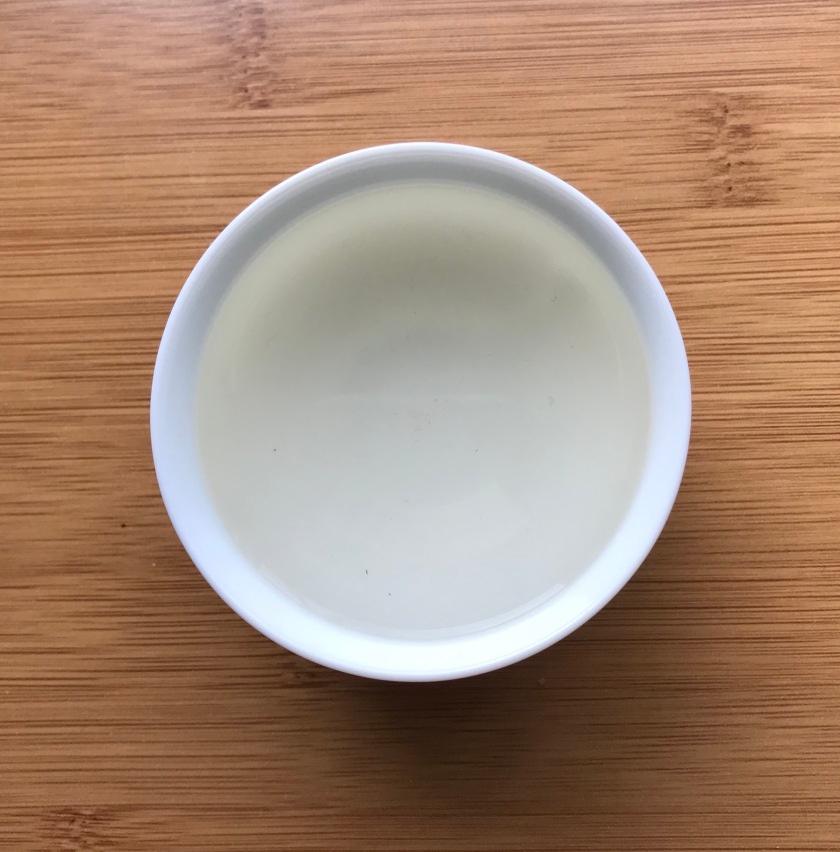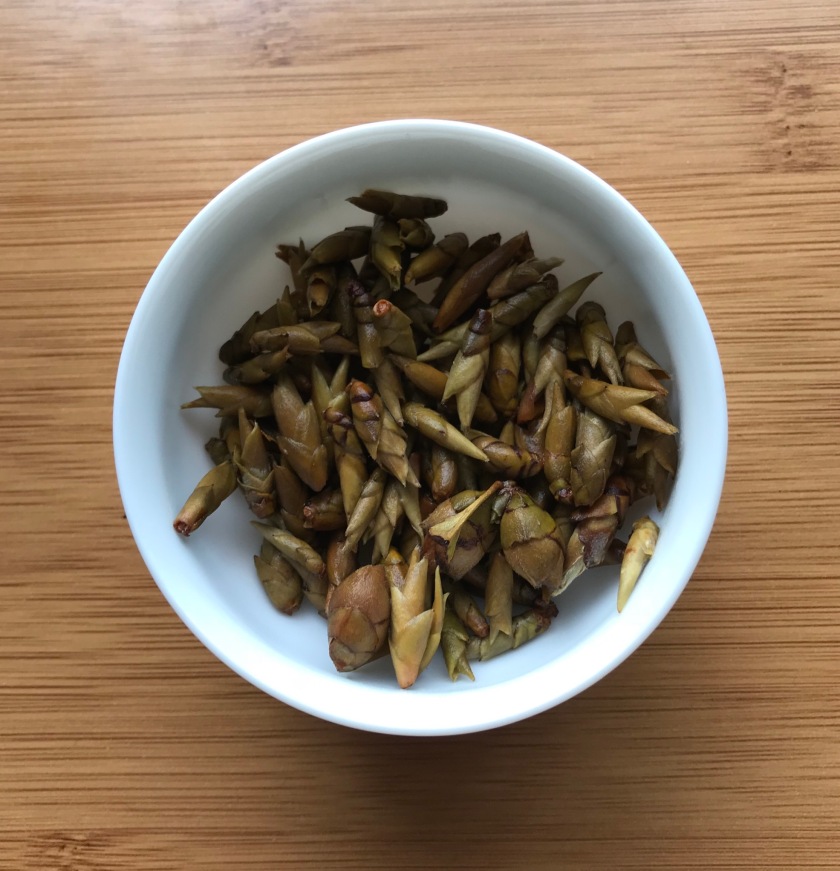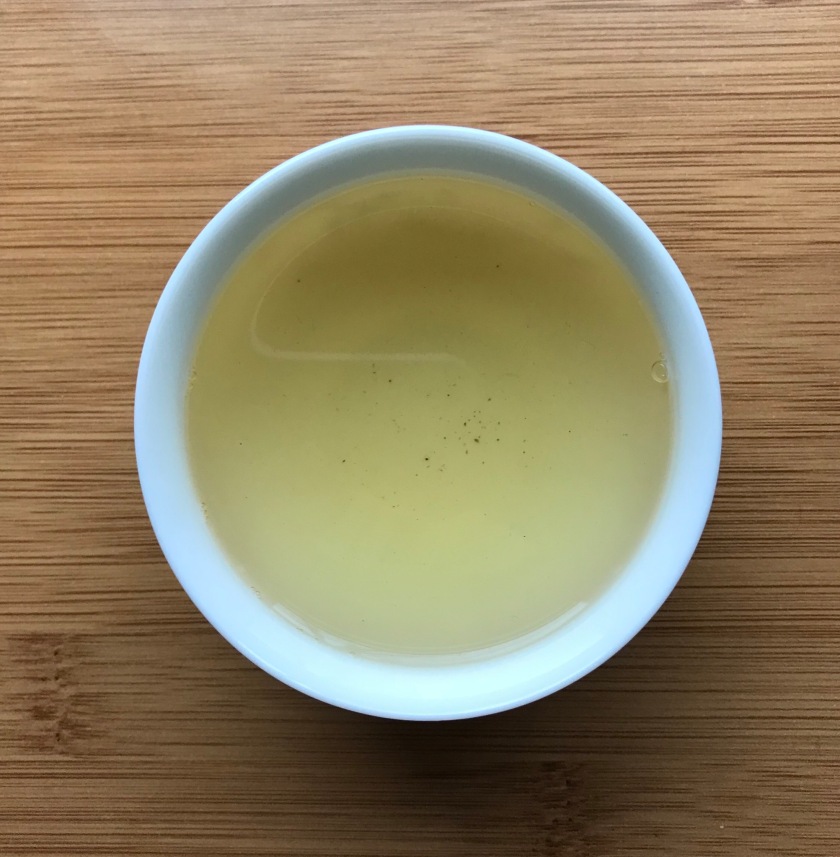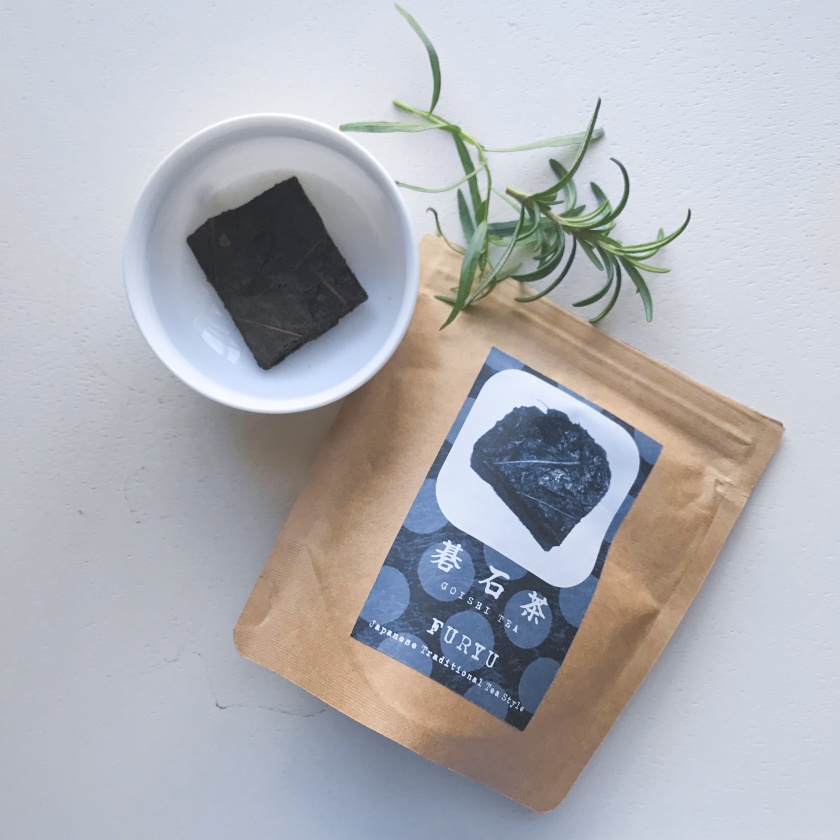
Hello fellow tea-drinkers! I know, I haven’t been active for a really, really long time (like a few months, oof) but I promise I didn’t forget ya! I have just been super busy. In case you didn’t already know, I’m a senior in high school so these past few months have been pretty chaotic, with applying to colleges and what-not. All of that (plus adjusting back into the new year and other family occurrences) has sucked up most of my free time.
I am now finally in a place where I can relax, take some time to myself and enjoy some tea so I decided to sit down and write a proper tea review for you.
Now a few months ago I tried my first Japanese dark tea, a particularly interesting one at that called awa bancha (阿波番茶). It was from the Furyu Bancha Specialty Shop and sold through Yunomi. I was shocked by how different it was from any tea I had tasted, and I assume it’s because it was fermented through a lactic acid bacterial fermentation process, which is very uncommon with Chinese dark tea.
The tea I am trying today is a bit of a hybrid: it’s fermented with lactic acid fermentation like its cousin, awa bancha however it is also piled and cured with mold, like a Chinese dark tea (ex. fu cha).
This tea is called goishicha (番茶碁石茶). The name refers to the tea’s resemblance to the black stones of “go”, a traditional Japanese game. This tea also comes from the Furyu Bancha Specialty Shop and was sourced through Yunomi however it has its origins in the small town of Otoyo in Kochi Prefecture, located in the south-central area of Shikoku Island.
Otoyo is a quaint town of less than 5,000 people, and it is currently the only place in Japan where this tea is still actively made. The practice of making it almost died, actually however thanks to government funding it was brought back and consumption has been increasing.
Goishicha has long been a a staple of people living on the small islands in the Seto Inland Sea, the sea located in the central region in between Kyushu, Honshu, and Shikoku. They use it there to make chagayu, a rice porridge boiled in tea.
So, with the history covered, let’s get on to the tasting! Yunomi’s directions said to brew one block of the tea for 5 minutes in 360ml of water.
So I brought out my tried and true left-handed kyusu (which has mostly been brewing homemade hojicha lately) and I brewed it up!

The dry blocks of goishicha are very unusual in terms of their smell. The first notes are of sweet dried fruit, like a dried apricot or plum. A punch of sourness and a hint of medicinal herbs come through, making it smell a lot like traditional Chinese preserved fruits. It ends with savory notes of soy sauce as more earthy, fungal notes creep up. I would say that the smell is similar in pungency to something like sakuraya, which are sakura (cherry blossoms) preserved in salt that I like to add to my sencha sometimes (of course the scent profile is completely different, though).

The steeped leaves smell quite similar to the dry leaves, with the familiar sour-sweet notes of dried fruit coming through with significant pungency. The only major difference I can detect is a noticeable lack of the earthy, woody notes I experienced in the dry leaves; it’s mostly just sourness.
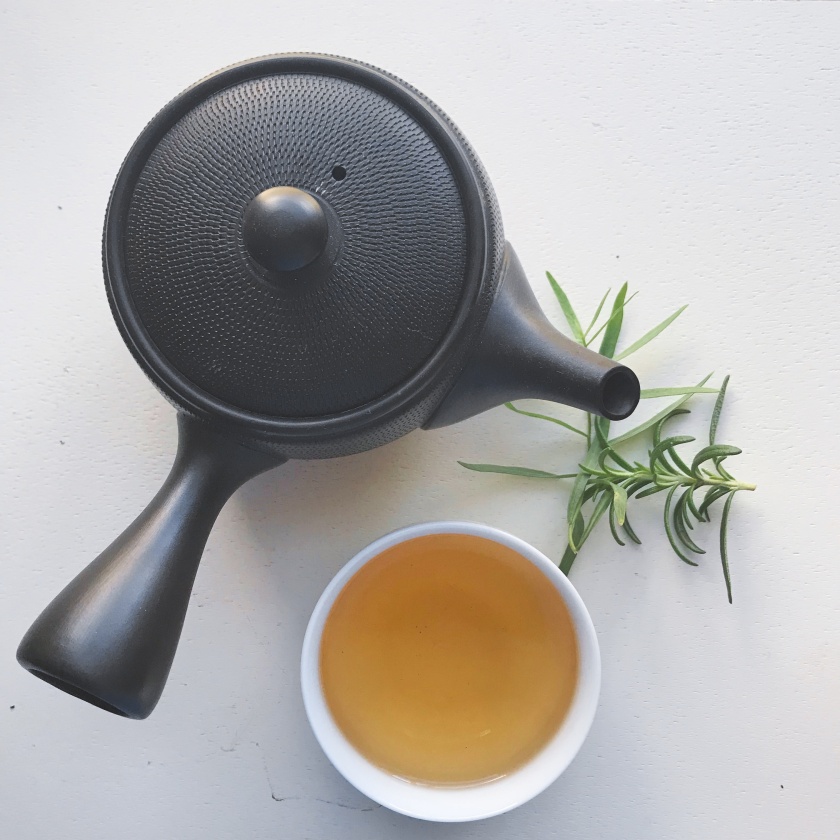
The tea itself smells quite light in contrast to the intense smells of the dry and steeped leaves. There is a light, savory soy sauce scent coupled with an earthy, vegetal smell akin to dry grass. The intense sour smell from before isn’t nearly as present here.
The flavor is quite mild and extremely smooth. At first there’s a light, lemony sourness, which is immediately balanced out by earthier notes that are reminiscent of tree bark and wet wood. Umami notes of soy sauce sneak through before the tea finishes on a light, honeyed sweetness which reminds me unusually of the tapioca balls in boba tea. There is no astringency or bitterness whatsoever, and as you drink it the sourness starts to dissipate and become less noticeable.
I decided to push this tea a little bit so I left it in the pot for some more time. This produced a sourer brew with a hint of astringency. The wet wood notes were significantly stronger than the previous, and the sweetness at the end was more pronounced.
I immediately transferred what was left in my kyusu to a glass and put it in the fridge, since Yunomi recommended drinking the tea chilled to even out the sourness. When it’s cold, the sourness does even out quite a bit and the taste rounds itself out as well. I think this would be very cooling and refreshing in the summer, but since it’s November and I’m cold I think I’ll stick to drinking it hot for now.
I quite enjoy the sourness, I think it compliments the wet wood notes very nicely. This tea is actually very similar to the awa bancha I had, but I definitely prefer this because it combines the sourness of awa bancha with the woody, earthier notes of a Chinese heicha.
I tried to think of a Chinese heicha that was similar to this, and what I immediately thought of was Tibetan kang zhuan, since that heicha tends to be less earthy and more woody in flavor.
Overall, I enjoyed this tea a lot. I am definitely want to look into some more Japanese dark teas, like mimasaka bancha or batabatacha because I need to broaden my non-Chinese dark tea horizons.
Rating: 9/10
From: Furyu Bancha Specialty Shop, sourced from Yunomi.life
Otoyo Town, Kochi Prefecture, Shikoku Island, Japan


